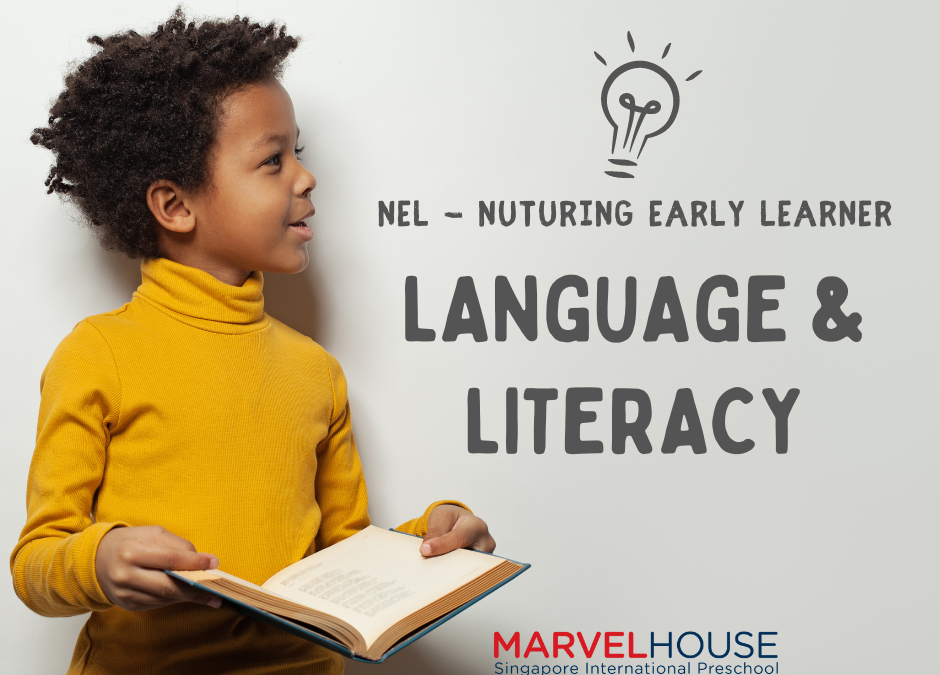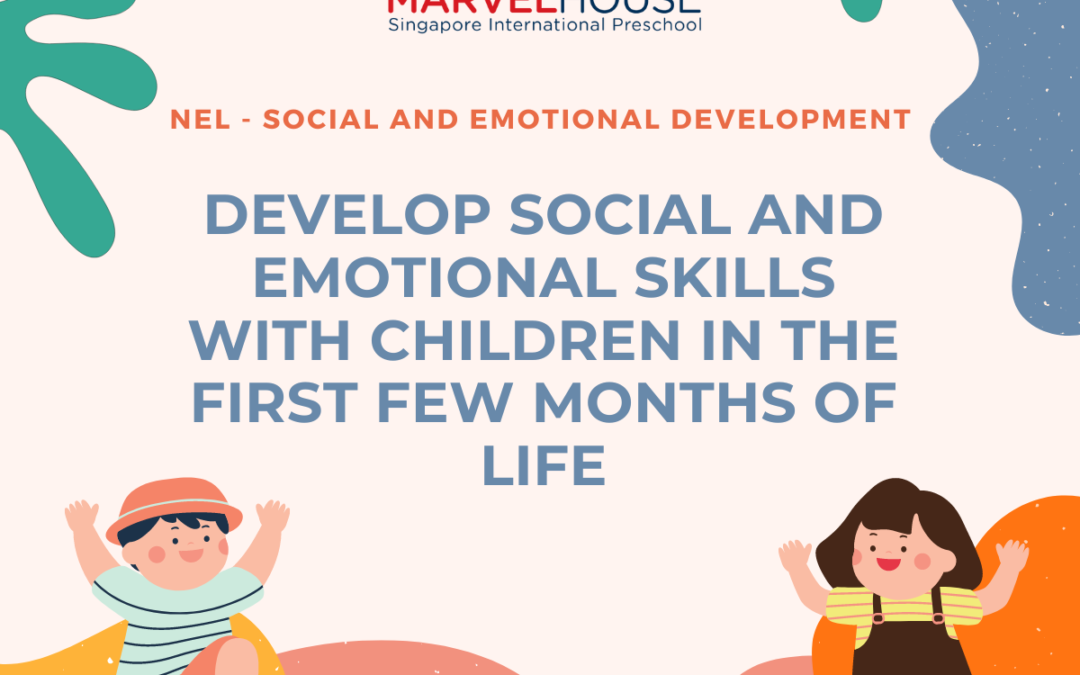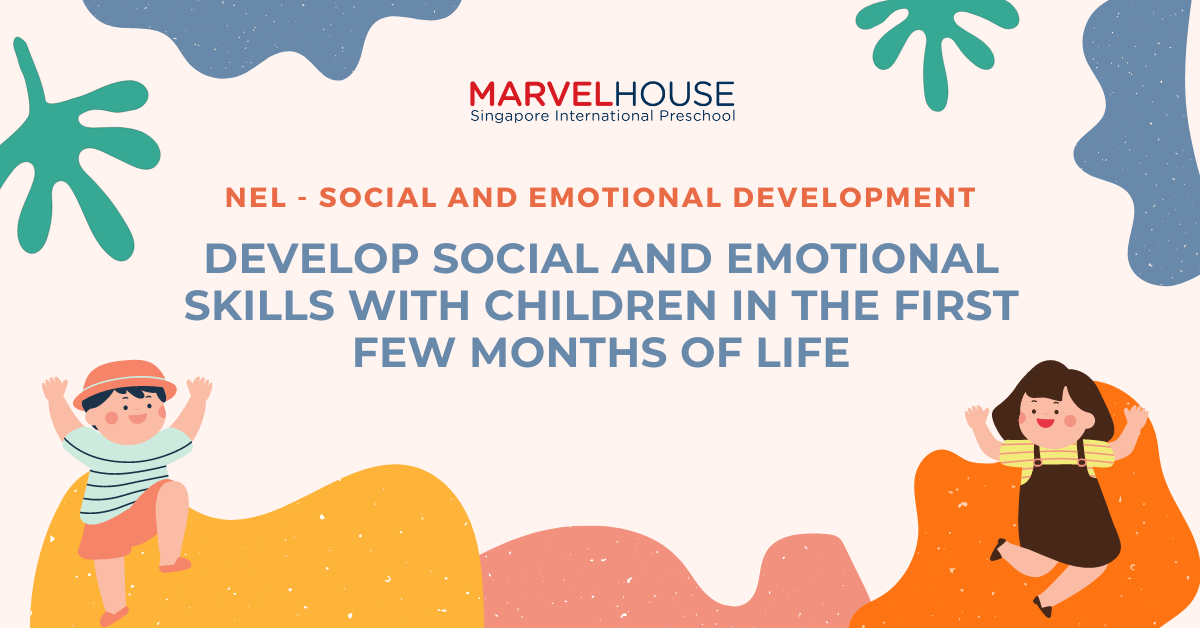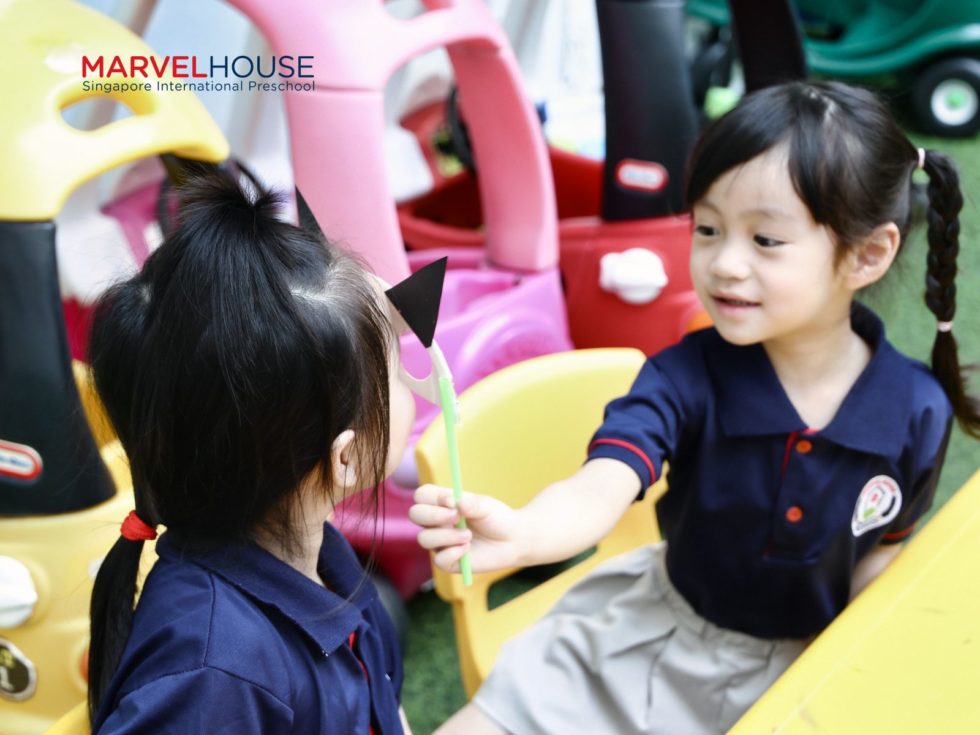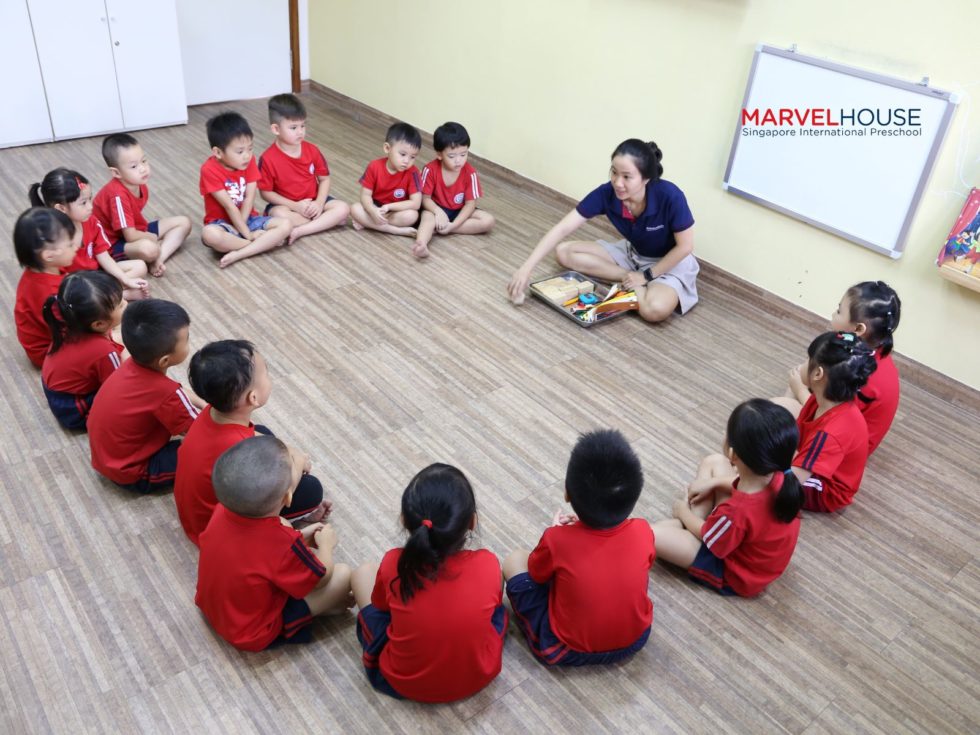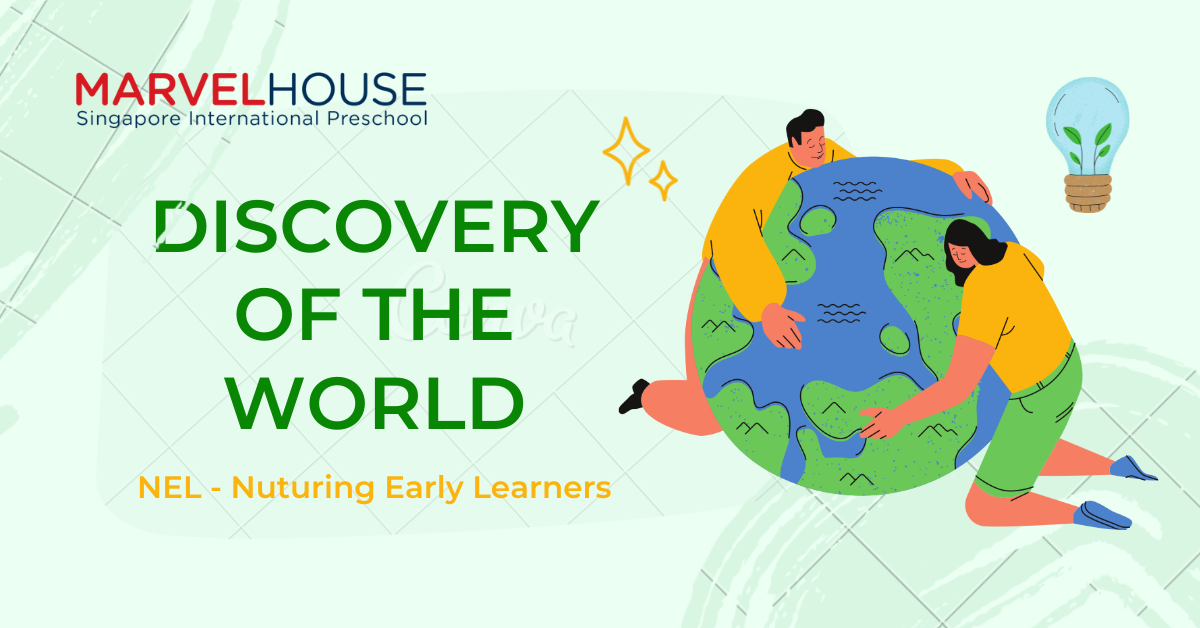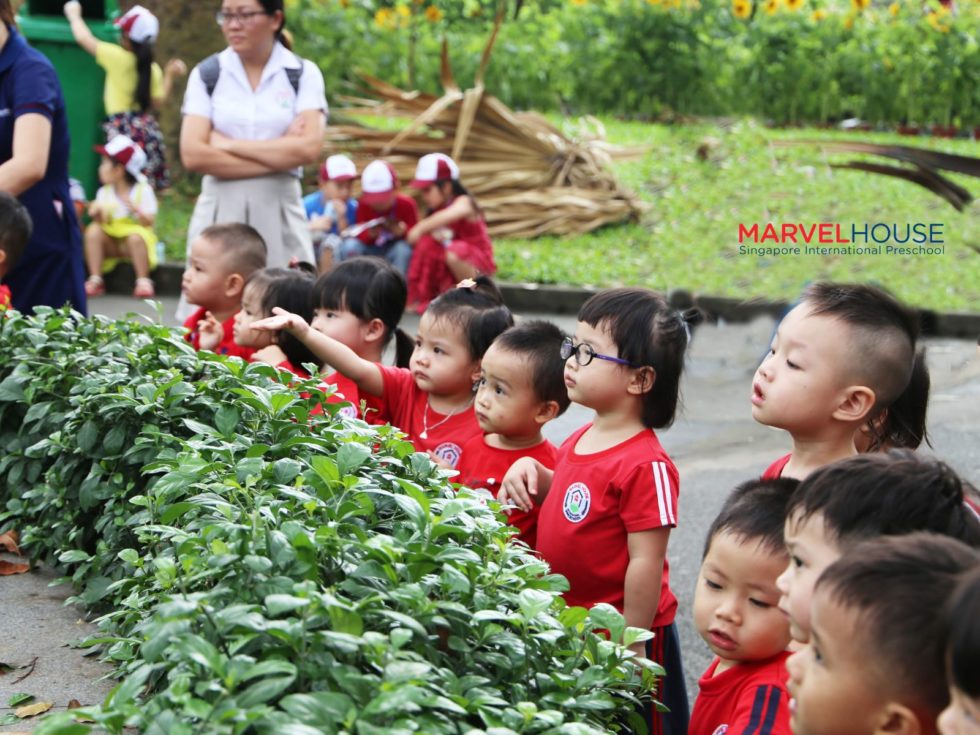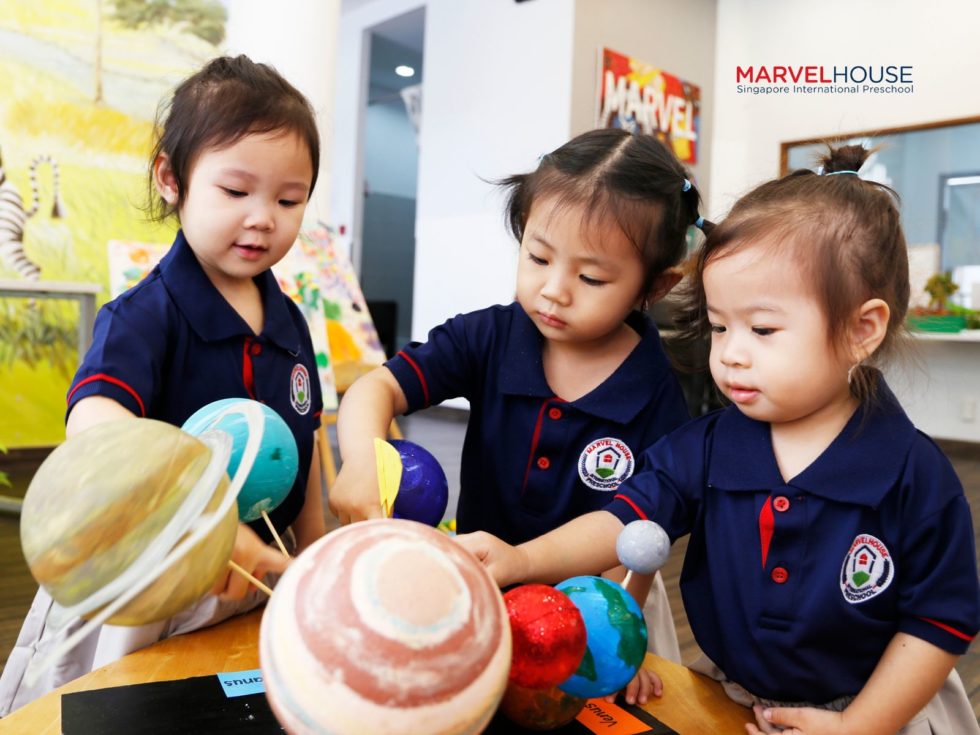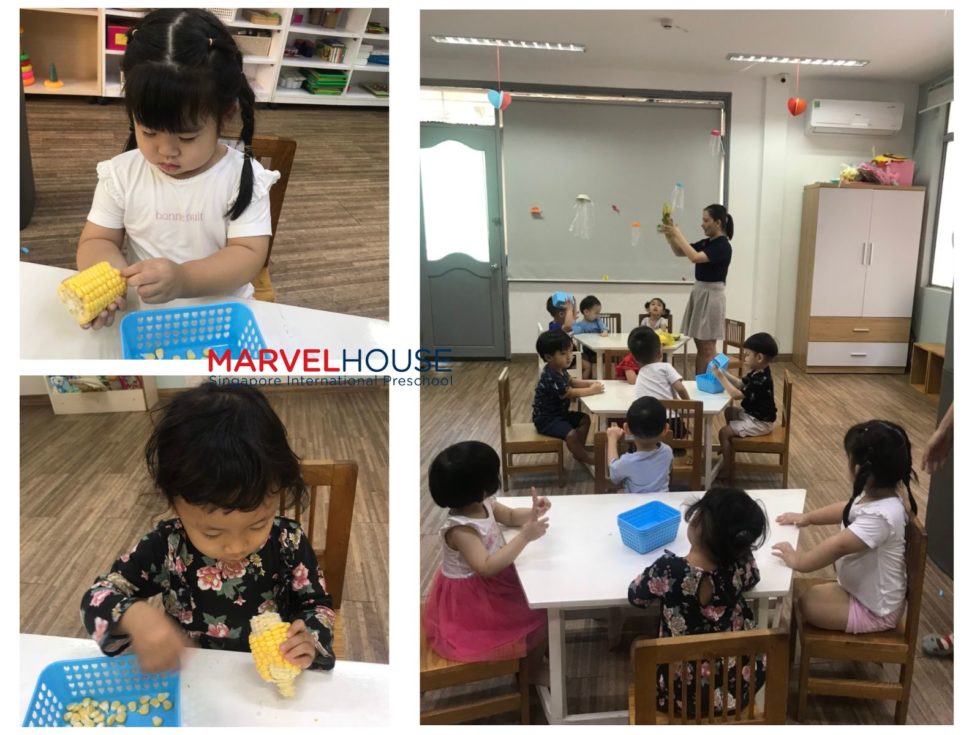
NELs: LANGUAGE & LITERACY PART 2

There are four learning goals for language and literacy:
- Learning Goal 1: Listen for information and enjoyment
- Learning Goal 2: Speak to convey meaning and communicate with others.
- Learning Goal 3: Read with understanding and for enjoyment
- Learning Goal 4: Use drawing, mark-making, symbols, and writing with invented and conventional spelling to communicate ideas and information.
Strategies for Language and Literacy
Modelling
Teachers play an important role in becoming effective language models for children as they learn to talk by listening to the language of others around them. Teachers must demonstrate that they respect children’s speaking by taking time to listen and respond as they begin to communicate with others and use language to convey their thoughts, feelings, and ideas.
Furthermore, instructors must be aware of and attentive to the fact that children come from diverse households and language backgrounds. Some children may be in the early stages of language development, acquiring the sounds, vocabulary, and norms of a language other than the one they speak at home. Teachers can aid students’ comprehension of the language by utilizing short phrases, speaking slowly and clearly, and stopping between words.
Reading Aloud
Children’s book experiences serve to lay the groundwork for their subsequent reading development. The most essential thing for teachers to do in the preschool years is to read aloud to youngsters. This encourages youngsters to develop an interest in and a positive attitude toward reading.
According to research, “the single most significant activity for eventually establishing knowledge and abilities for reading appears to be reading aloud to youngsters” (Adams, 1990, p. 46). Reading aloud to youngsters improves their listening abilities and introduces them to the language’s sound structure and syntax. They learn vocabulary that is different from what they hear in their regular discussions.They also learn about letters and letter sounds, which helps them improve their alphabet knowledge, which is essential for learning to read.
Teaching target vocabulary
Words must be known by children in order to be understood. To learn the words, they must be exposed to them in a variety of settings throughout time. Teachers should not expect youngsters to learn new words just by listening to stories. As a result, they must choose target words and teach them to the youngsters on purpose.
Using songs, rhymes, and finger plays
Songs, rhymes, and finger plays are natural tools for teaching children about language in a fun way, especially those with repetitive phrases (e.g., “Mary Had A Little Lamb” and “Two Little Black Birds”) and that require children to do actions and make sounds (e.g., “Itsy-Bitsy Spider,” “If You’re Happy and You Know It,” and “Old MacDonald Had a Farm”).
Using Functional Role Play
Children take on diverse roles and act out scenarios in familiar locations such as the house, clinic, bakery, or restaurant in functional role play. Children get the chance to utilize language while acting out their roles and organizing and maintaining the play. Functional role play also aids in the development of their comprehension of their surroundings.
Children like to play with things they are comfortable with. Teachers can create play environments based on their own experiences. They can explore role-play scenarios with the youngsters, provide examples of what to say and do, and model appropriate language use. Teachers should not presume that students understand what to say in various social situations.
Using Language Games
Language games may be used by teachers to establish situations for meaningful dialogue. Games allow youngsters to practice words and sentences that will help them communicate in regular settings. Games are also engaging and entertaining. Children’s shyness and inhibitions are often lost in the joy of play.
Shared Writing
Children must be able to relate letters to their sounds and grasp that letters are used to write the sounds they hear in words in order to spell and write words. Teachers can assist them by modeling the writing process through shared writing. Teachers reflect aloud about what they want to write, sound out the words, represent each sound with a letter or letters, and illustrate print norms as they write in shared writing. Teachers can encourage students to engage in the writing process as they grow more comfortable with it.

